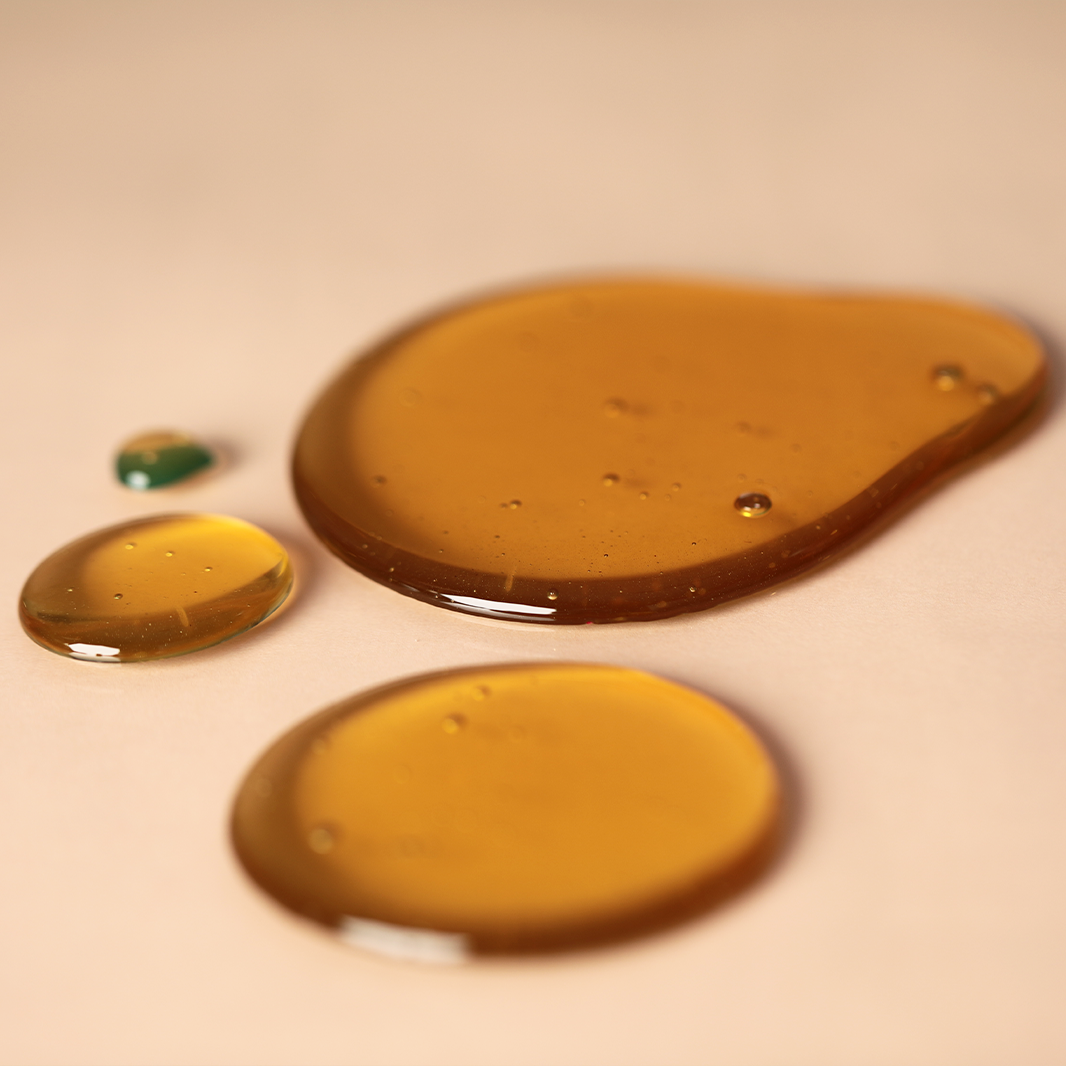Propolis ,which is collected from plant stalks, leaves, and buds by the worker bees, is a resinous substance, also known as bee-glue, which is water-insoluble and semi-solid at room temperature with a sharp and pleasant smell. Bees may also use the material actively secreted by plants, or exuded from wounds in plants, and they enrich that collected material with their salivary and enzymatic secretions. The color and physical attributes of propolis vary according to its geographical origin and the source of plants.
Propolis functions in sealing holes and cracks and for the reconstruction of the beehive.It is also used for polishing the inner surface of the hives, holding the internal temperature, preventing invasion by other insects. Furthermore, a skinny coat of propolis spread over the surfaces of the honeycomb cells is essential for the prevention of infection in the honeycomb. Propolis strengthens the cell wall and contributes to an aseptic internal environment.Hence, propolis is used to sterilize the honeycomb cells containing larvae and the cells storing honey and bee pollen.
Moreover, propolis is used to form a spiraling tunnel at the entrance of the hive. That tunnel is used by bees to enter and leave the hive. Hence, bees are cleansed of microbes as they enter the hive, by propolis and the sterility of the beehive is maintained. It is well known that the beehive is the most sterile environment found in nature.In other words, propolis functions as the natural defense and immune system of the beehive.
At the same time,bees eliminate the intruders by mummifying their carcasses to prevent their decay from degrading the hive environment. All population of a beehive reaches about 50 to 80 thousands bees together with almost the same amount of babies and larvae.The temperature around 93-94 F with a relative humidity of 40-65% provides a perfect environment for the growth of fungus, viruses and bacteria. However, those disease factors are controlled by propolis produced by the bees in spite of the presence of suitable conditions in the beehives.






